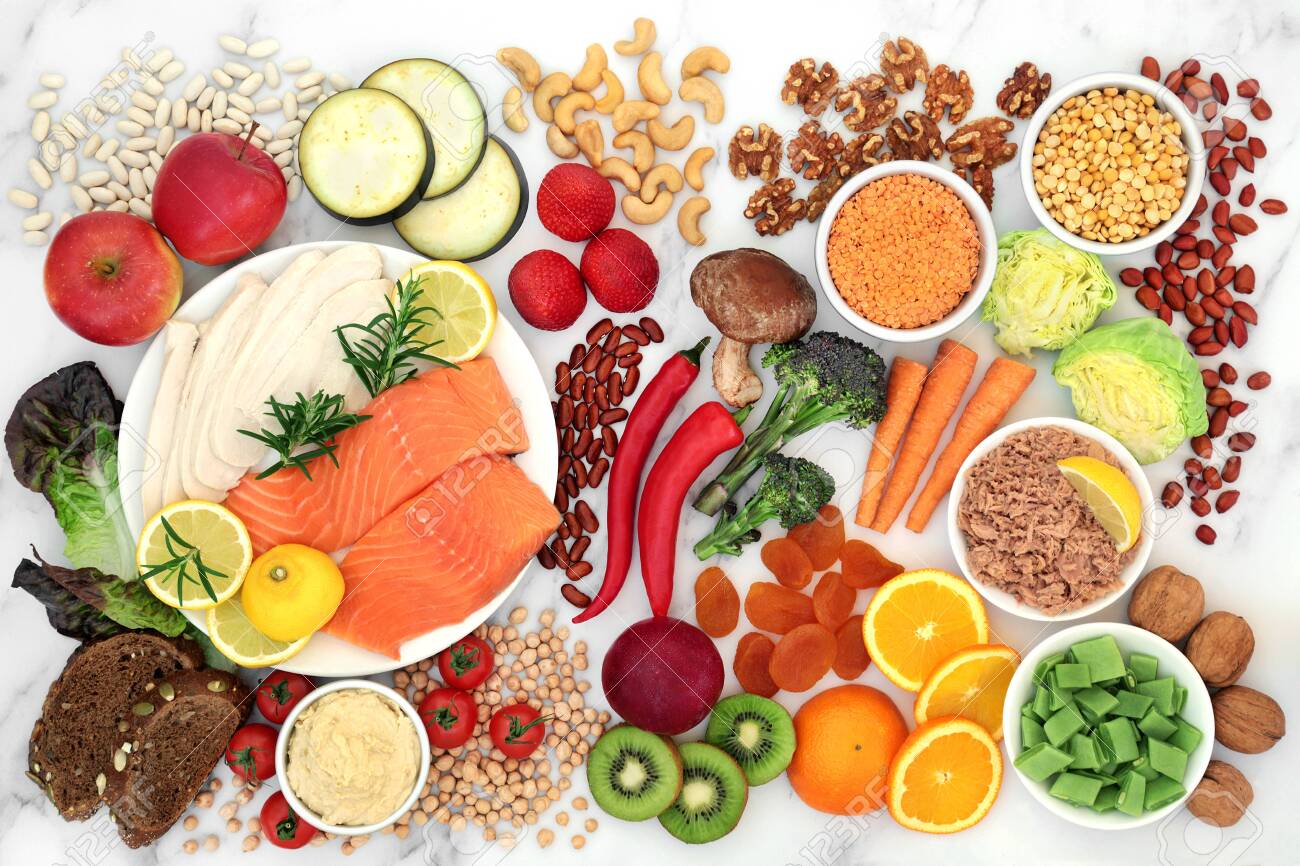
The importance of food timing and being smart wih carbs
Ladies!! It isn’t always about what you eat, but it is also about when you eat!
The so called ‘Nutrient timing strategies’ are based on how the body handles different types of food at different times. One of the most important nutrient timing principles is that it’s best to eat most non-fruit and veggie carbohydrates during and after exercise.
Get rid of the ‘i want to lose weight’ label, instead the key is “body composition.” (the percentage of fat, bone, and muscle in your body)
Us ladies should be aiming to keep as much muscle as we can to stay strong, and with this in mind the key is to convert fat to muscle – not lose weight. Losing weight also incorporates muscle loss, and you ain’t good to anyone if you lose all your muscles!
If we’re losing equal amounts of fat and muscle when losing weight or gaining equal amounts of fat and muscle when gaining weight, we are not taking advantage of nutrient timing.
Nutrient timing has several important goals:
* Nutrient partitioning (where the nutrients go when you ingest them)
* Improved health
* Improved body composition
* Improved athletic performance
* Enhanced workout recovery
When you exercise regularly, the body is primed for fat gain or fat loss or muscle gain or muscle loss during specific times of the day. The wrong foods at the wrong times sabotage your efforts. The right foods at the right times enhance those efforts.
CARBS
No matter what crap you read about ‘no carbs’, carbs are very important for our health, however it is all about being ‘smart’ with them.
The body handles various types of carbohydrates differently. Generally, carbohydrates that are digested and absorbed slowly can help to control insulin response. These are carbohydrates that are higher in fibre and lower in simple sugars, such as beans/legumes and vegetables. (the healthier carbs)
In contrast, a diet consisting of added sugars and refined carbohydrates (which enter the body rapidly), can elevate blood triglyceride levels and bad cholesterol, and lead to insulin resistance.
What you should know
Regardless of goals and activity, protein and fat intake can stay pretty constant. Make sure that you consume an appropriately sized portion of lean protein and good fats with every meal. The macronutrient we need to manipulate most commonly in nutrient timing is carbohydrate. If it is fat loss you are aiming for then yes the only way to do this is reduce your calories, HOWEVER carbs and sugar content are KEY.
Carbohydrate tolerance and timing
The body can handle carbohydrates better during and after physical activity, as well as when levels of fitness are high and body fat levels are lower (ideally 15% or less for men and 20% or less for women).
Higher-carb intake situations include some combination of:
* After relatively intense physical activity (such as heavy resistance training or sprinting)
* Relatively frequent physical activity (daily workouts, physically active job, lots of daily-life activity such as walking)
* A high level of physical fitness
* A lower level of body fat
Reduce carb intake when:
* Sedentary or nonactive periods
* lower levels of physical fitness
* higher levels of body fat
Regardless of your body fat and fitness, consuming carbohydrate during this important post-workout period enables us to replace muscle glycogen and improve recovery. Like a sponge, we draw in all that tasty glycogen much more readily immediately after training.
When to consume carbs
After exercise, keep the recovery process moving by controlling carb intake and consuming plenty of protein rich foods.
Dense carb foods are best consumed after exercise, for up to about 3 hours. And remember, carbohydrates have a protein sparing effect, so we require less dietary protein when carb intake is higher, the window here depends on many factors, including:
Intensity of exercise
Previously fasted/fed
Body composition
Medications
Underlying health conditions
Sleep schedule
Length of exercise
Type of exercise
Food selection
Time of day
With so many factors, it’s hard to say exactly how long carb tolerance stays high after exercise. For most though, assume that carb tolerance is best for approximately 3 hours after exercise. If you sleep 8 hours per night, then factor in this 3 hour post-workout window, you’re left with about 13 hours of “non sponge-like carb tolerance” living, or 2 to 4 meals.
During the “non-sponge-like” period, it’s important to adapt your food intake to what you tolerate. If you are lean and maintaining your current body composition, you’ll likely do fine with some dense carb foods mixed in (25% of your meal or so). If you have fat to lose, focus more on proteins and fats (with dense carb foods making up less than 25% of your meal).
Types of carbs
To put this in perspective, consider the three main types of carb foods:
1. Fibre-rich carbs – Eat them anytime.
This includes vegetables, fruits and legumes. These foods are absorbed slowly because of their high fibre content and will thus help control blood sugar and hunger. These foods are loaded with nutrients, and promote health. Watch fruit though, some can be really high in sugar!
2. Starchy carbs – Veggies and beans – smart decision anytime
Quinoa, amaranth, grain breads, potatoes, oats, grain pasta, cereals, and similar foods are very dense sources of carbs. They are a bit lower in nutrients than the fibre-rich carb foods.
These types of starchy carbs are best consumed after exercise. During this time, your muscles are like a big sponge and will use the carbs efficiently. Consume these starchy carbs during the 3 hours or so after exercise.
Remember, energy balance is still important: Keep portion size moderate. Generally a serving is about the size of your fist. That’s a good place to start.
Note: Outside of the 3 hour post-workout window, having a 1/4 cup of sweet potato or rice for dinner isn’t going to be a disaster so don’t worry. If you can meet your compliance goals and keep good eating habits with small amounts of starchy carbs, then go ahead.
But be aware: the slope can get slippery. One large portion can lead to another which can lead to overeating and no fat loss 3 weeks later. Use a strategy that works for you.
3. Refined sugary carbs – smart decision for after workouts
The majority of these foods are empty calories and don’t do much for health.
Still, eating them during and immediately after exercise may give your body a quick energy boost and accelerate recovery.
Even then, consider the big picture: what is the food going to do for your health? What other substances are in it? Be careful about breakfast bars and protein bars – usually loaded with sugar and other chemicals which do no good for your health.
You could take advantage of refined sugary carb foods by using nutrient dense sources like dates, raisins and figs . Don’t assume that because you exercised, you can eat as many refined sugary foods as you want. Eat sugary carbs rarely, and mainly after exercise.
The best time to eat carbs
FIBRE RICH CARBS – Eat often, and any time of time of day
Vegetables (e.g broccoli, kale, spinach, carrots, tomatoes, celery, cucumber, zucchini, beetroot, bok choy, lettuce, pumpkin, radish, onion, chard, watercress, etc.) peas, beans, legumes, most fruits (be careful of the sugar content in fruit) etc
STARCHY CARBS – During the 3 hours or so after exercise
Wholewheat breads, corn, wholewheat pasta, sweet potatoes, quinoa, amaranth, oats
long grain rices etc
REFINED SUGARY CARBS – Eat rarely, and during the 3 hours after exercise.
Desserts, fruit juice, processed foods, soda, sports drinks, most commercial nutrition bars
dates, figs, raisins, dried fruits
Example meals below
Anytime: As the name suggests, these can be eaten anytime of the day. They have little or no refined sugary carbs, and often fewer starchy carbs too. These meals generally contain less than 25% dense carb foods.
Post-workout: These meals are best eaten in the 3 hours or so after exercise. They contain more than 25% dense carb foods, and occasionally refined sugary carbs.
Check out the following examples of PW and AT meals.
Anytime meals
Shake
1 scoop protein powder (low sugar whey protein)
1 serving greens powder or kale and spinach
1 tbsp peanut butter
Handful mixed nuts
1/2 cup coloured beans
1 tbsp olive oil
Large salad with seasoning
1/2 cup chopped turkey or chicken or tuna
2 free range eggs
1/2 cup black beans
1/2 cup spinach/bok choy or similar
1 cup total green onions, mushrooms, olives
1 oz cheese
Post-workout meals
1 cup pineapple or fresh strawberries
1 granary piece of bread with peanut butter
2 free range eggs
1 sweet potato
1 cup black or mixed beans
½ cup mixed vegetables
Shake
1 cup oats
1 cup blueberries
1 scoop protein powder
1 serving greens powder or spinach/kale
1/2 cup oat/almond milk
Nutrient timing for muscle gain
Those interested in gaining muscle need a calorie surplus. However, just grossly over-consuming calories regularly will probably result in fat gain. You want to increase your calorie intake by a few hundred, DO NOT OVER INDULGE!
Nutrient timing helps prioritize muscle gain over fat gain during a muscle gaining phase. Plan meals in accordance with your weekly schedule and create a temporary food surplus.
Summary and recommendations
Nutrient timing is an important strategy, but it’s not for everyone.
If you’re new to healthy eating, don’t worry about timing for now. Start by improving the overall quality of your food and incorporating basic healthy food changes. Once you build a foundation of nutritious eating, then consider adding the nutrient timing habit.
If you are lean and simply want to maintain your existing body composition, consuming more carbohydrates throughout the day will likely be fine.
If you want to lose body fat, first control overall food intake, then aim to consume a majority of carb dense foods during and after exercise sessions (for about 3 hours after). Outside of the 3 hour window consume primarily protein and fat, while consuming fewer carb dense foods (25% of less of meal made up of carb dense foods).
If you want to gain muscle, the nutrient timing principles are similar — simply add more calories, but ideally those additional calories should come from protein.







